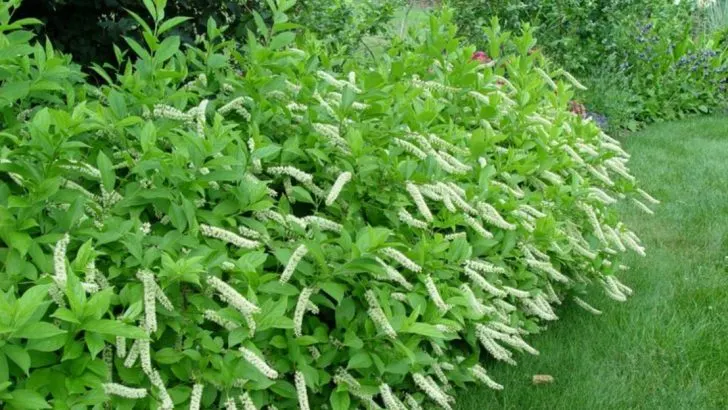Too much rain? Bring it on. If your backyard turns into a swamp every time the clouds open up, you’re not alone—and you’re definitely not out of luck. Flood-prone soil might be a nightmare for picky plants, but for the right shrubs, it’s practically a spa day. These green powerhouses don’t just survive soggy soil—they love it. They soak it up, grow like mad, and look gorgeous doing it. No more planting something pretty just to watch it drown. No more bare patches, sad stems, or endless guessing games. These 15 shrubs were made for the Midwest’s messy moods. Let the neighbors battle mildew and root rot—your garden’s about to thrive in the downpour. Ready to plant something that wants to get its feet wet? Let’s go.
Red Twig Dogwood
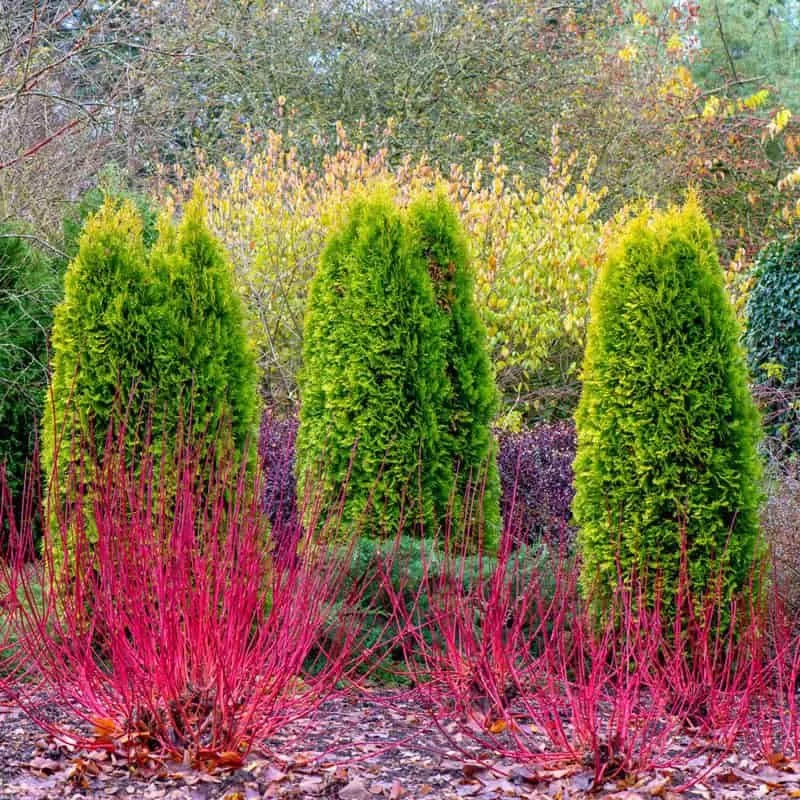
With brilliant red stems that stand out against winter’s white, the Red Twig Dogwood is a visual masterpiece in any backyard. Its lush green leaves transform into a fiery red come fall, offering a seasonal spectacle. This shrub thrives in wet soils, making it ideal for flood-prone areas. Plant it alongside a water feature for added drama. You’ll find that it not only beautifies your garden but also attracts local wildlife. Birds, in particular, love nesting in its dense branches.
Winterberry Holly

Winterberry Holly brings a pop of color to the dreary winter months with its vibrant red berries. These berries persist long after the leaves have fallen, creating a festive mood. It thrives in poorly drained soils, making it perfect for the Midwest’s soggy backyards. Birds flock to its berries, providing a lively display of nature. Plant it in groups for the best visual impact. Its tolerance for wet conditions makes it an excellent choice for low-lying areas in your yard.
Buttonbush
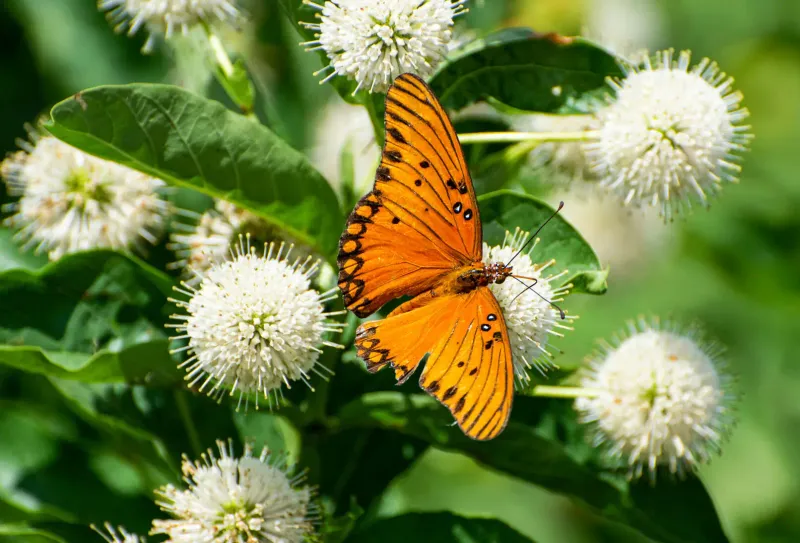
Buttonbush is a unique shrub with its distinctive, spherical white flowers that resemble pincushions. These blooms are not only visually striking but also attract pollinators like bees and butterflies. Perfectly suited for wetland areas, this shrub flourishes in the Midwest’s flood-prone regions. It can grow up to 12 feet tall, providing excellent privacy. Consider planting it near water bodies where its roots can stay moist. The glossy green leaves offer a lush appearance throughout the growing season.
Virginia Sweetspire
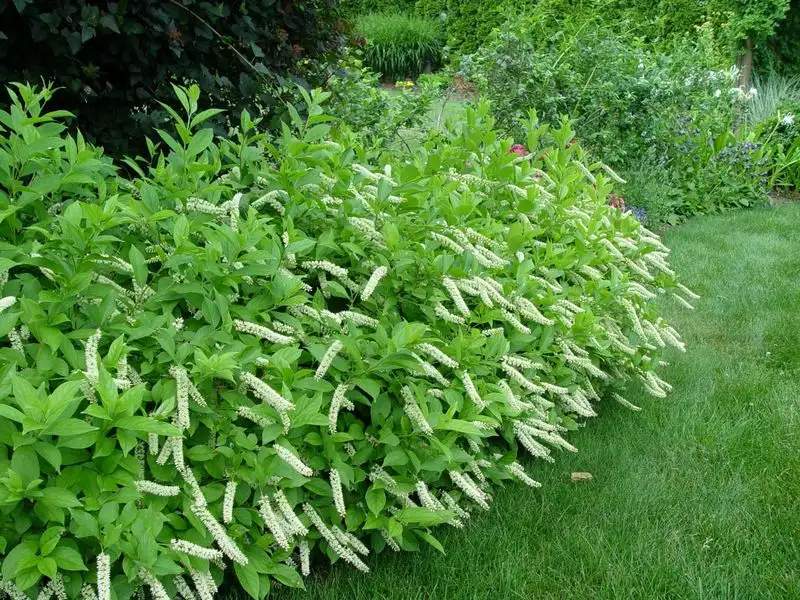
Virginia Sweetspire is renowned for its cascading white flowers that bloom in late spring. These fragrant blooms attract butterflies, adding life and movement to your garden. This shrub is highly adaptable, thriving in both wet and dry soils, but truly excels in moist environments. Its foliage turns a stunning reddish-purple in the fall, providing year-round interest. Plant it in mass for a striking effect. Its resilience and beauty make it a favorite for gardeners dealing with excess water.
Swamp Azalea
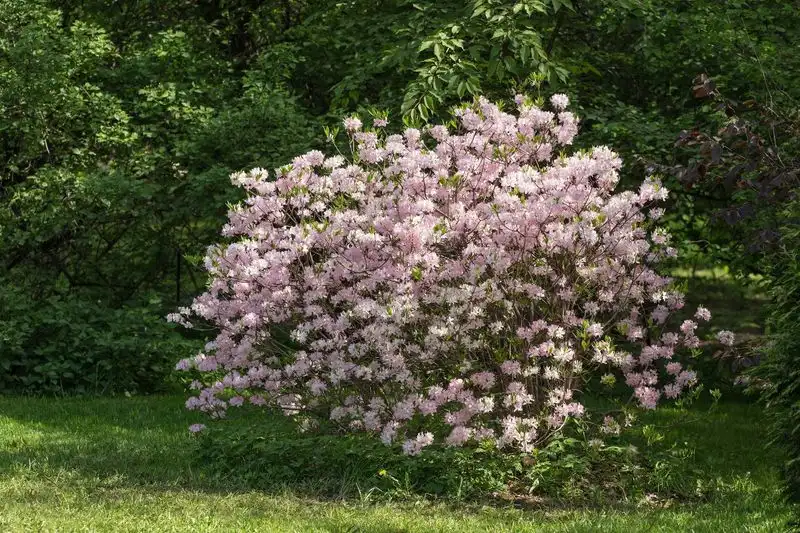
Swamp Azalea is a hardy shrub featuring fragrant white and pink blossoms that bloom in late spring. This shrub loves moisture and thrives in the Midwest’s wet landscapes. The sweet fragrance of its flowers will fill your garden with a lovely aroma. It tolerates partial shade and can be paired with other moisture-loving plants. The foliage turns a pleasing yellow-orange in the fall, adding to its charm. Ideal for planting near ponds or marshy areas.
Ninebark
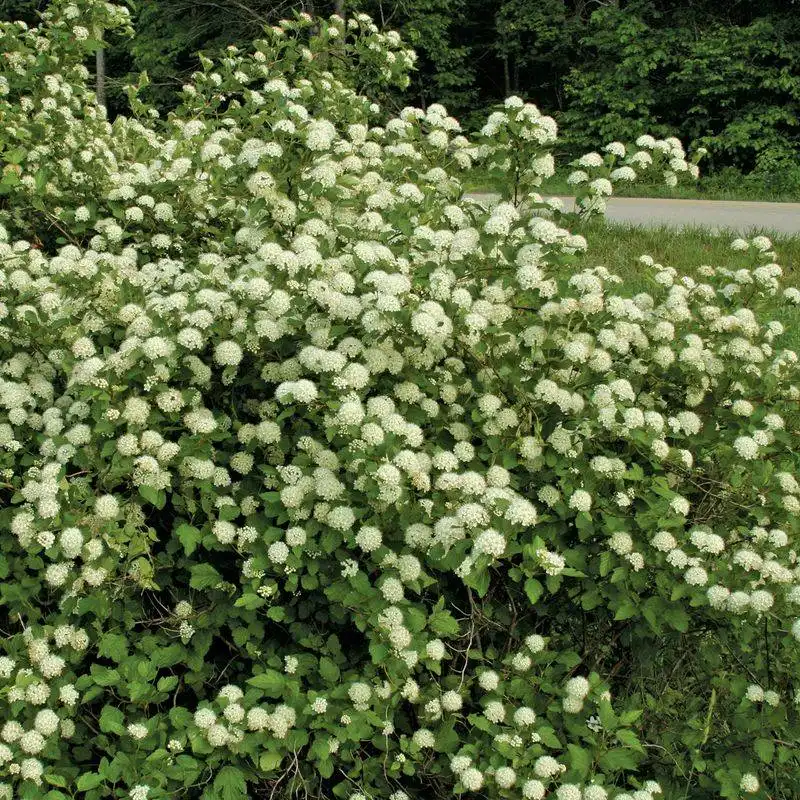
Ninebark offers a unique combination of beauty and resilience, with its peeling bark and clusters of white flowers. This shrub is exceptionally hardy, making it perfect for the unpredictable Midwest climate. It thrives in wet soils and can withstand periods of drought once established. The foliage ranges from deep green to burgundy, providing visual interest throughout the year. Plant it as a hedge or a standalone feature for a striking effect. Its adaptability makes it a popular choice.
American Elderberry
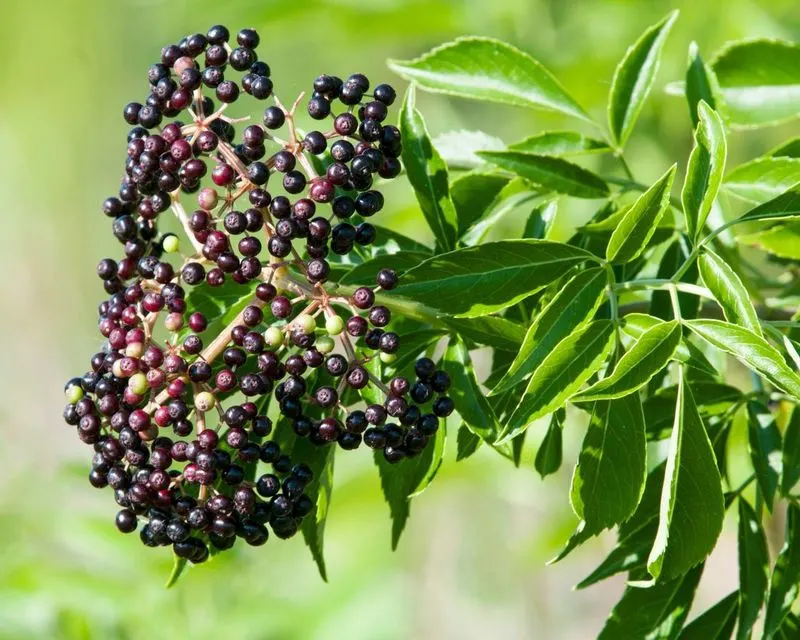
The American Elderberry is a versatile shrub known for its clusters of dark purple berries. These berries are not only attractive but also edible, often used in jams and jellies. This shrub thrives in moist environments, making it well-suited for flood-prone areas. It attracts birds and butterflies, contributing to a lively garden atmosphere. With its rapid growth, it can form a natural privacy screen. Plant it along fence lines or in low-lying areas for best results.
Inkberry Holly
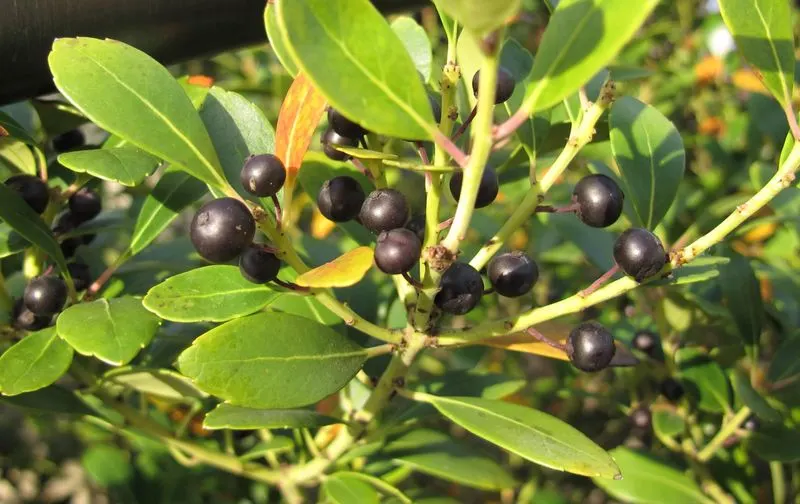
Inkberry Holly is an evergreen shrub that remains lush and green throughout the year. Its small, black berries and glossy leaves add texture and color to your garden. This shrub is perfect for areas with poor drainage, as it loves moist conditions. It can be shaped into hedges, providing privacy and structure in your landscape. Inkberry Holly is also deer resistant, making it a low-maintenance choice. Consider planting it in shaded, damp corners of your yard for a pop of greenery.
Red Chokeberry
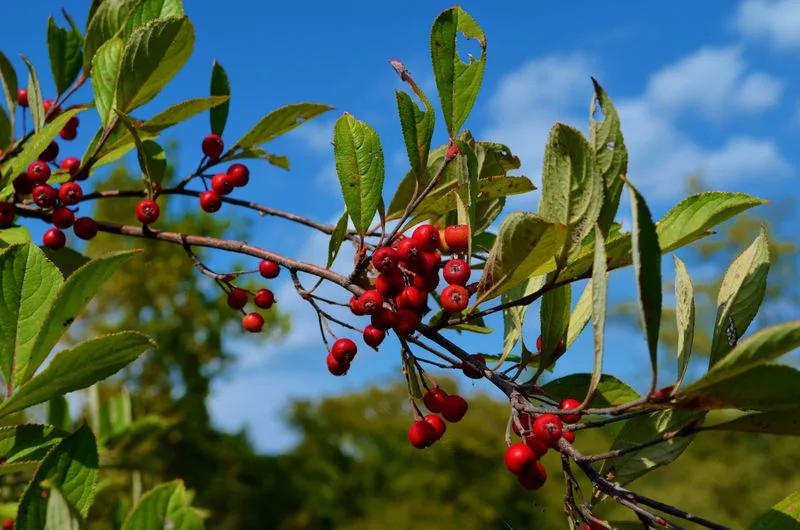
Red Chokeberry is a stunning addition to any garden with its clusters of bright red berries and vibrant fall foliage. This shrub thrives in wet soils and is highly tolerant of harsh conditions, making it perfect for the Midwest. The berries are edible and can be used in various culinary applications. It attracts birds and provides excellent cover for wildlife. Plant it in groups for a bold statement. Its adaptability and beauty make it a favorite among gardeners.
Common Winterberry
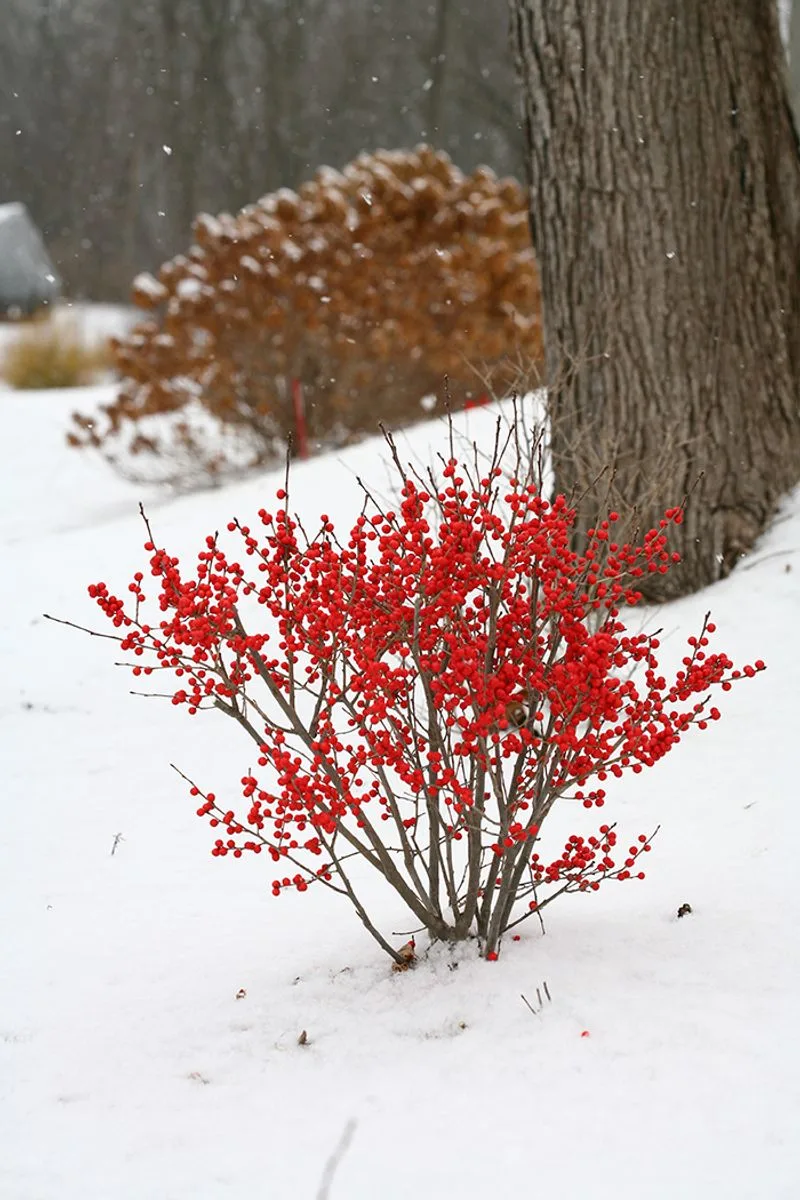
Common Winterberry is a deciduous holly known for its bright red berries that persist through winter. Its berries stand out against the bare branches and are a food source for birds. This shrub thrives in wet, acidic soils, making it ideal for flood-prone areas. It can be used as a natural barrier or accent plant. The foliage turns yellow in the fall, adding seasonal interest. Plant it in groups for a dramatic effect. It’s a low-maintenance choice for any garden.
Spicebush

Spicebush is a delightful shrub that heralds spring with its fragrant yellow flowers. Thriving in moist, wooded areas, it is perfect for the Midwest’s flood-prone backyards. Its aromatic leaves can be used in teas, providing a tasty treat. This shrub attracts butterflies, adding life to your garden. Its bright red berries in fall are a feast for the eyes and for local birds. Plant it along shaded paths or near water features for best results. Spicebush is a sensory delight.
Arrowwood Viburnum
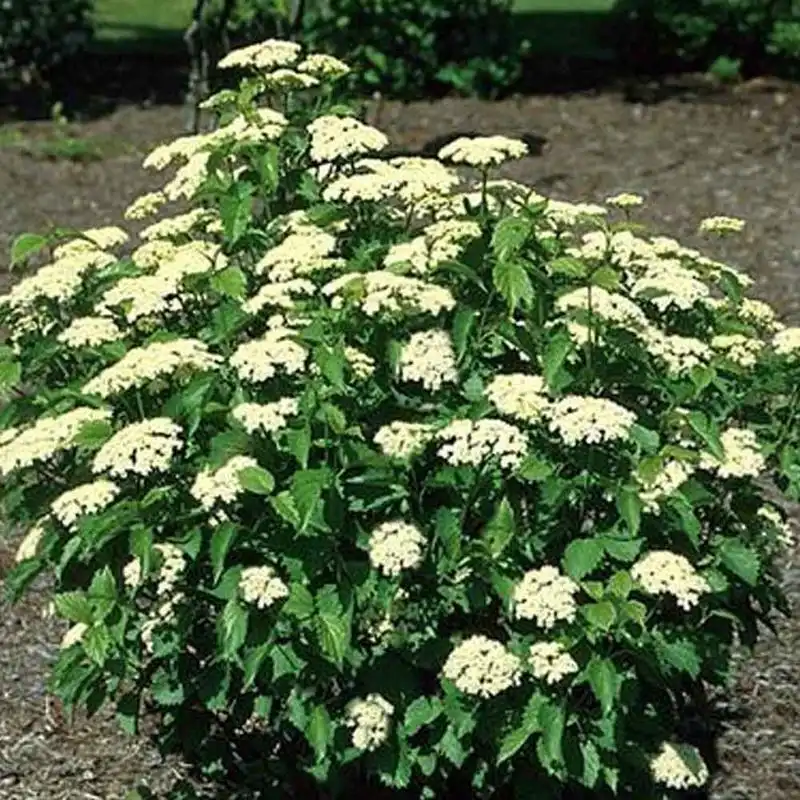
Arrowwood Viburnum is a resilient shrub, well-suited for wet conditions. Its clusters of white flowers bloom in late spring, attracting pollinators like bees. The dense green foliage provides excellent cover for wildlife, making it a lively addition to your garden. This shrub tolerates a variety of soil types and can withstand temporary flooding. It also produces blue-black berries, adding visual interest. Plant it as a hedge or in mixed borders for a natural look. Its versatility is unmatched.
Sweetshrub
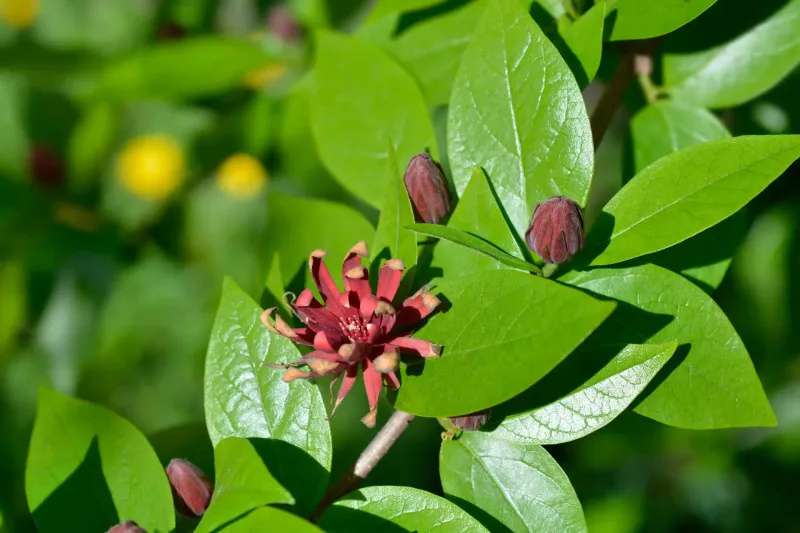
Sweetshrub, known for its aromatic dark red blooms, offers a unique fragrance that’s sure to delight. This shrub thrives in moist, shaded areas, making it ideal for the Midwest’s damp gardens. Its blooms are long-lasting, providing beauty throughout the growing season. The glossy green leaves add texture and depth to your landscape. Plant it near pathways or seating areas to enjoy its scent. Sweetshrub is low-maintenance and deer-resistant, making it a practical choice.
Silky Dogwood
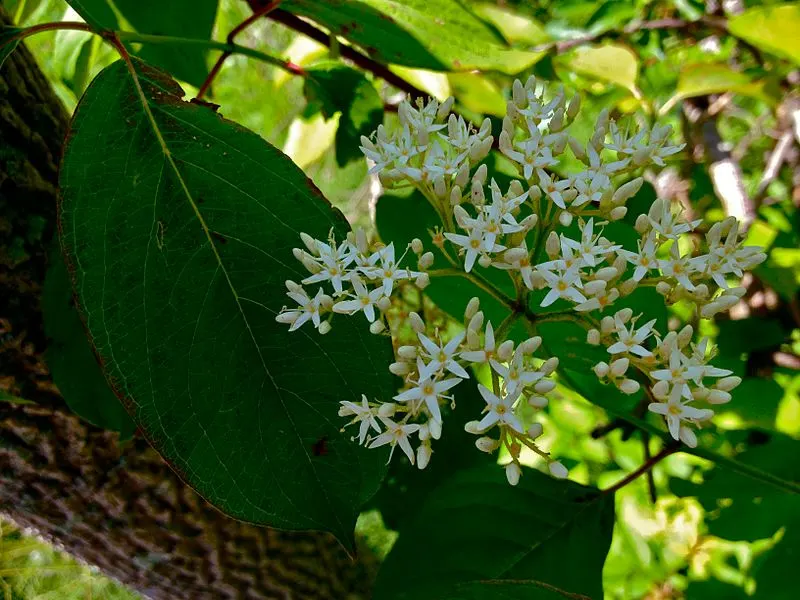
Silky Dogwood is a versatile shrub perfect for wetter areas in the garden. Its creamy white flowers bloom in late spring, providing nectar for pollinators. This shrub is particularly useful for erosion control on slopes or stream banks. The dark green leaves provide a lush backdrop throughout the season. It also produces blue berries that attract birds. Plant it near water features or in low-lying areas for best results. Silky Dogwood is both beautiful and functional.
Blackhaw Viburnum
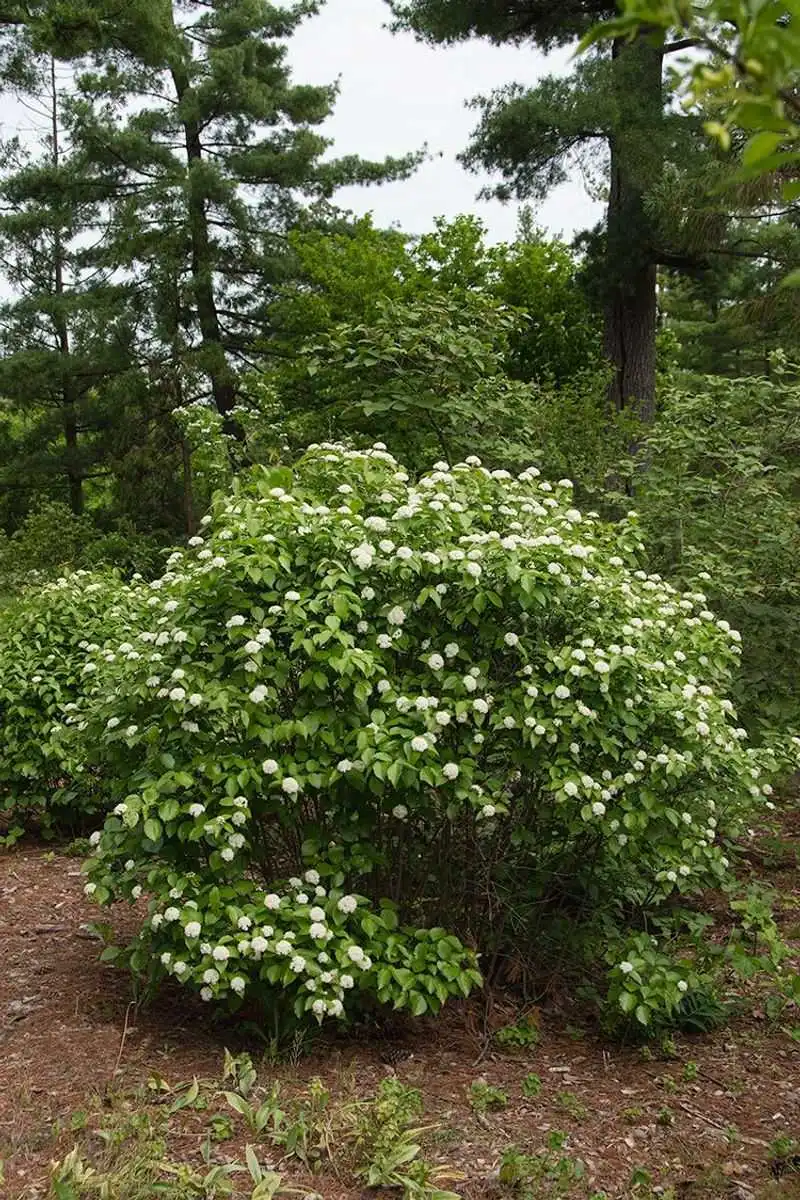
Blackhaw Viburnum is a versatile shrub, thriving in both full sun and partial shade. Known for its clusters of white flowers, it adds elegance to any garden. This shrub is adaptable to various soil conditions, including wet areas, making it ideal for the Midwest. Its dark green leaves turn a stunning red-purple in fall. The blue-black berries attract birds, adding to its appeal. Plant it as a specimen or in mixed groups. Blackhaw Viburnum is a resilient choice for unpredictable climates.

